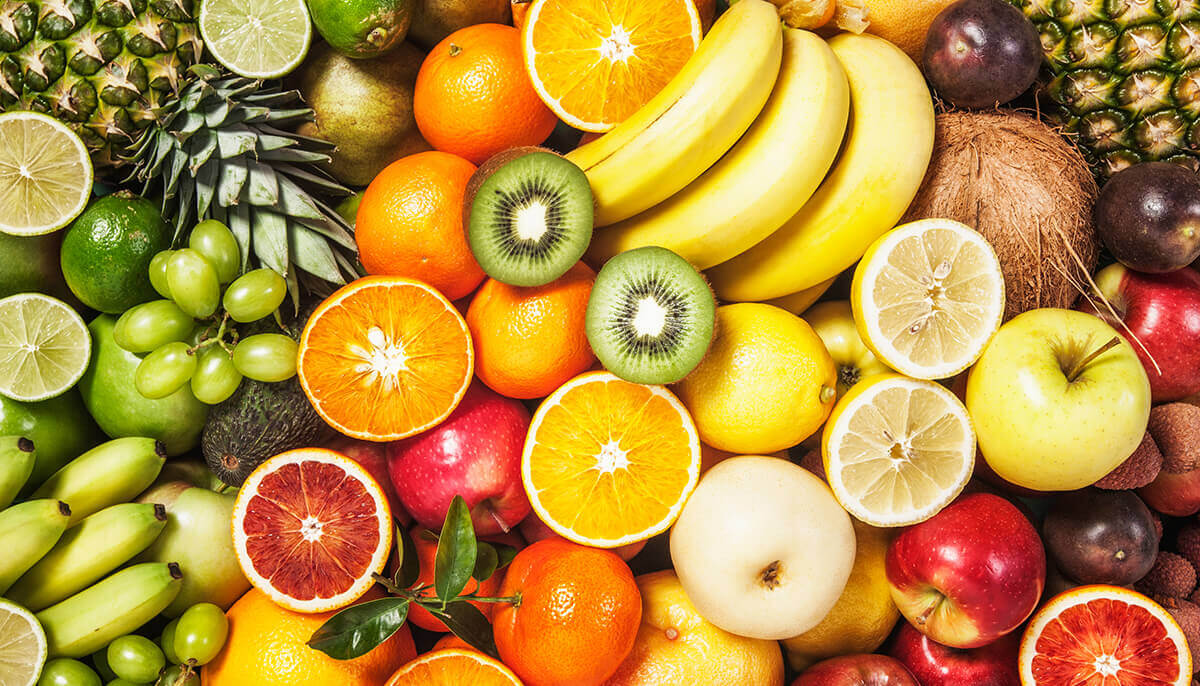
Benefits, food sources of Vitamin B1
Olufunke Faluyi
Many years ago, one of my relatives was hit in the leg by a bullet while policemen were trying to stop the vehicle she was travelling in. At the theatre, while doctors were trying to remove the bullet from her leg, they left her with a deep wound. After she was discharged from the hospital, my mother made sure her fruits and vegetable intake was increased.
Coincidentally, on one of her visits to the clinic to get the wound dressed, one of the doctors who worked on her at the theatre on the day she was shot was the one who attended to her. She told us that as soon as the doctor opened the wound for inspection, he screamed and said, “What did you do to this leg?’’ The doctor was too shocked at the rate the leg healed because he knew how bad the wound was. Obviously, her injections and medications alone did not do this, fruits and vegetables increased the healing rate. Funnily enough, fruits and vegetables contain these vitamins I have been talking about. At this point, do I still need to plead that you should start eating them?
Last week, I discussed vitamin A. It is the turn of the B vitamins. They are a class of eight water-soluble vitamins which are : B1 (thiamine), B2 (riboflavin), B3 (niacin), B5 (pantothenic acid), B6 (pyridoxine), B7 (biotin), B9 (folic acid), B12 (cobalamin). Unlike the fat-soluble vitamins which are stored in the body, water-soluble vitamins are carried to the body’s tissues but are not stored in the body and any excess is primarily lost through urine. For this reason, a regular intake of foods rich in them is needed. Each B vitamin plays a small role in the larger scheme of all the B vitamins.
As a group, B vitamins help fuel your body. They create the energy your body needs to get through the day. One way the B vitamins do this is by promoting the formation of red blood cells. This helps deliver oxygen around your body and ensures every part is working.
Dietary supplements containing all eight are what is referred to as vitamin B complex.
Now that we know that the B vitamins are eight in number, I will go through them numerically. So, this week, I will discuss vitamin B1 which is also known as Thiamine or thiamin. Before I proceed, let me give you a hint. Have you heard of the health condition called “Beriberi” before? Most people have heard that name. It is caused by vitamin B1 deficiency. So, let us proceed. Vitamin B1 is an essential micronutrient that cannot be made in the body. It is found in foods. It was the first B vitamin that scientists discovered. This is why its name carries the number 1. It is on the World Health Organisation’s list of essential medicines and it is available as a generic medication and in some countries as a non-prescription dietary supplement.
Let us go down memory lane a bit. Although symptoms of thiamin deficiency were first recorded in ancient texts of Chinese medicine, the symptoms were not connected with diet until the late 19th century. In 1884, a Japanese physician noted high rates of illness and death among Japanese sailors eating a limited diet of only rice for months while at sea. When given a more varied diet with whole grains, meats, beans and vegetables, rates of illness and death nearly disappeared. Around the same time, two Dutch scientists observed that chickens fed white polished rice developed leg paralysis, whereas chickens fed brown unpolished rice did not (this should remind you of what I said about brown and polished rice). Their observations led to the discovery of thiamin present in the outer layers of rice that were removed with polishing.
Many forms of thiamine exist. They are:
Thiamine pyrophosphate: Also known as thiamine diphosphate. It is the main form found in whole foods.
Thiamine triphosphate: This form is found in animal-sourced foods, but is less abundant than thiamine pyrophosphate. It is believed to represent less than 10 per cent of the total thiamine found in animal tissues.
Thiamine mononitrate: A synthetic form of thiamine often added to animal feed or processed food.
Thiamine hydrochloride: The standard, synthetic form of thiamine used in supplements.
Thiamine helps convert nutrients into energy and supports sugar metabolism. It has a favourable impact on a number of systems including the digestive and cardiovascular systems. It also stimulates the brain and improves the psycho-emotional state. Hence, it is often called the vitamin of “reassurance of the spirit.”
It helps to prevent Alzheimer’s disease, improve appetite, boost body immunity, treat alcoholism, keep a positive mood and prevent eye problems. It is a co-factor in various parts of the body like the skeletal muscles, heart, liver and kidney. The body needs thiamine to make adenosine triphosphate, a molecule that transports energy within cells. It has anti-ageing properties, improves memory and stimulates the production of red blood cells.
Most people can get all the thiamine they need from food. You can find it in: peas, nuts (I already discussed nuts), whole grain cereals (like brown rice, millet, whole barley, corn, sorghum), sunflower seeds, garlic, yoghurt, broccoli, baker’s yeast, legumes (like beans, soybeans and peanut ), Asparagus, fish, meat (pork, liver, beef). Fruits rich in Thiamine are oranges, pineapple, banana, avocado pear, grapes, figs, blueberry, raspberry, kiwi, mango, and watermelon.
So, instead of talking about symptoms of deficiencies of these vitamins, I will talk about those at risk. A thiamine deficiency can impact different functions of the body including those of the nervous and cardiovascular systems. High blood sugar levels may increase thiamine elimination via urine, raising its requirements and the risk of deficiency. In fact, thiamine levels may be reduced by 75–76 per cent in people with type 1 and type 2 diabetes. People with alcoholism, eating disorders such as anorexia nervosa or bulimia nervosa, Crohn’s disease, people who are undergoing dialysis for their kidneys, people who have gone through weight loss surgery, people on diets high in polished rice or processed grains that lack thiamine, people on medications used to treat various heart conditions and anticonvulsants are at risk for thiamine deficiency.
In a study titled, “ Evaluation of thiamine as adjunctive therapy in COVID-19 critically ill patients: a two-centre propensity score matched study,’’ by Khalid Al Sulaiman, Thiamine use as adjunctive therapy may have potential survival benefits in critically ill patients with COVID-19. Additionally, it was associated with a lower incidence of thrombosis.
In a study titled, “High-dose thiamine supplementation improves glucose tolerance in hyperglycemic individuals: a randomised, double-blind cross-over trial,’’ by F Alaei Shahmiri et al, supplementation with high-dose thiamine may prevent deterioration in fasting glucose and insulin and improve glucose tolerance in patients with hyperglycemia.
In a study titled, “Diuretics and vitamin B1: Are diuretics a risk factor for thiamin malnutrition?,’’ by P M Suter et al, studies confirmed that all diuretics lead to increased urinary thiamin excretion depending on the urinary flow rate. My next discussion will be vitamin B2 (riboflavin).
Credit : Punch News.





